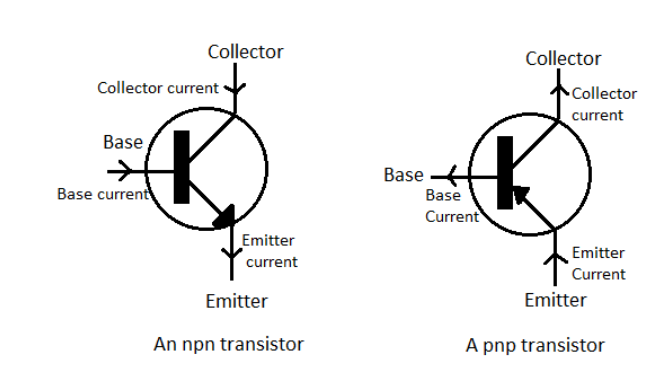
In the case of constants
Answer
504k+ views
Hint: The constant
Formula used:
Complete step by step answer:
The ratio of the collector current
In a transistor, the emitter current
Therefore, obviously it can be said that
The ratio of the collector current
Also, the base current
Using this relation in (2), it can be concluded that
Therefore, we have found out that
Therefore, the correct option is

Note: Students should not get confused between the ratios
Formula used:
Complete step by step answer:
The ratio of the collector current
In a transistor, the emitter current
Therefore, obviously it can be said that
The ratio of the collector current
Also, the base current
Using this relation in (2), it can be concluded that
Therefore, we have found out that
Therefore, the correct option is

Note: Students should not get confused between the ratios
Recently Updated Pages
Basicity of sulphurous acid and sulphuric acid are

Master Class 12 Economics: Engaging Questions & Answers for Success

Master Class 12 Maths: Engaging Questions & Answers for Success

Master Class 12 Biology: Engaging Questions & Answers for Success

Master Class 12 Physics: Engaging Questions & Answers for Success

Master Class 4 Maths: Engaging Questions & Answers for Success

Trending doubts
Give 10 examples of unisexual and bisexual flowers

Draw a labelled sketch of the human eye class 12 physics CBSE

a Tabulate the differences in the characteristics of class 12 chemistry CBSE

Differentiate between homogeneous and heterogeneous class 12 chemistry CBSE

Why is the cell called the structural and functional class 12 biology CBSE

Differentiate between insitu conservation and exsitu class 12 biology CBSE




